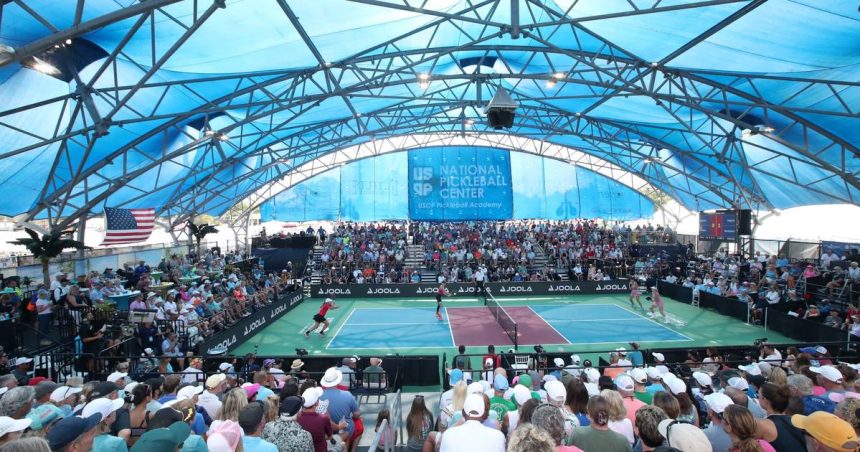Much like the cost of electric bills in the summer, the amount of money that B2C marketing execs in the US spend on sports sponsorships is expected to rise in 2025, according to a report from Forrester.
But while CMOs seem bullish on sports this year, a majority who were involved with sponsorships last year said they had trouble figuring out the return on those investments, per the report, which is based on data from Forrester research including its quarterly B2C Marketing CMO Pulse Surveys.
The report also indicates which sports and sponsorship assets might prove fruitful for CMOs who are spending in the space. Here are a few of the top takeaways.
Spending buckets: When asked to reflect on their organization’s “large-scale sports” sponsorships, 39% of marketing execs said they both spent in the space in 2024 and planned to increase that spending in 2025, according to Forrester’s Q4 CMO survey.
- More than one-quarter (28%) said their brands had never done sports sponsorships, but planned to this year, reflecting a growing trend of first-time sponsors getting involved with sports like basketball.
- A smaller share of respondents said they’d never done sports sponsorships and didn’t plan to in 2025 (21%).
- Only 6% said they intended to decrease their sports spend this year, the same share who said they planned to fully cut it.
Sports and leagues where execs planned to increase their spend most on this year include the PGA Tour, the Association of Tennis Professionals, esports, and the X Games, according to Forrester’s Q3 CMO survey data. Marketers indicated they may decrease their spend on leagues including Major League Pickleball, the WNBA, and the Olympics this year.
Despite the investment in sports, 76% of marketers who spent on sports sponsorships said they found it difficult to determine ROI, per the report. Still, the majority of marketers surveyed said they agreed or strongly agreed that they see business growth associated with their sports deals, like boosts in brand equity, consideration, or earned media value.
Something new: The sports and leagues marketers choose to invest in may be influenced by their target audiences, as different demographic groups have different sports preferences. Younger generations over-index on watching emerging sports like car racing, boxing, and pickleball, according to Forrester’s February Consumer Pulse Survey, while boomers slightly over-index on baseball.
Get marketing news you’ll actually want to read
Marketing Brew informs marketing pros of the latest on brand strategy, social media, and ad tech via our weekday newsletter, virtual events, marketing conferences, and digital guides.
Gen Z is more likely than older generations to say they’re inclined to purchase from brands that support their favorite teams or athletes, per the December consumer survey.
Size matters: Assets that companies are able to work their branding into, like naming rights or on-court logos, are not all created equal, Forrester found.
More specifically, size and length of screentime for on-court logos can have an impact on brand recall, per the report.
- To test recall, Forrester researchers had 567 adults from the US, UK, and Canada watch a 45-second clip of an NBA game that included 10 logos of different sizes on the court for various amounts of time; participants were then asked to select the brands they remembered seeing from a list of 24, including 14 decoys.
- In another test, 612 adults from those three countries were divided into three groups and each shown a different 40-second clip of a pickleball match with brand logos in different sizes and places on the courts.
The larger the logo and the longer the screentime, the higher the percentage of people who recalled the brand in the first study, and in the second study, large logo size and prominent placement “most correlated to accurate recall,” Forrester found.
With that said, the most common response in the second study was not being able to remember any of the brands, according to the report.
To maximize returns on sponsorships, the authors of the report suggested tips like partnering with teams and leagues that align with the brand’s values (as opposed to only deciding based on CEO preferences), activating sponsorships outside of media buys alone, and considering key target audiences instead of just “a property’s clout,” one brand exec said in the report.
Read the full article here









